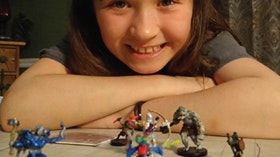Homepage
•
Learning Library
•
Blog
•
Role-playing games teach students critical skills
Expand breadcrumbs
Expand breadcrumbs
- Learning Library
- Blog
- Role-playing games teach students critical skills
- Homepage
- •
- Learning Library
- •
- Blog
- •
- Role-playing games teach students critical skills
Role-playing games teach students critical skills
By Nicole Krueger
June 19, 2018








